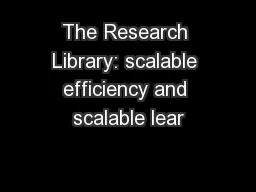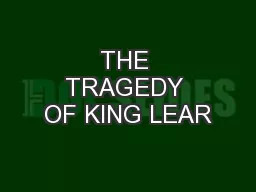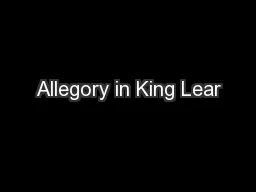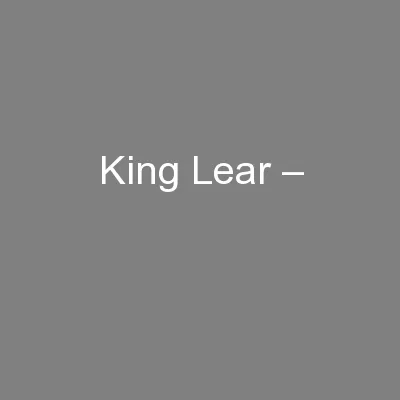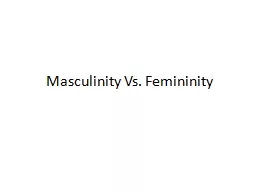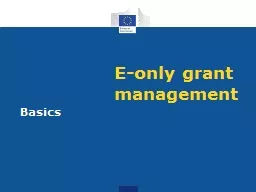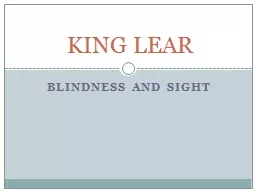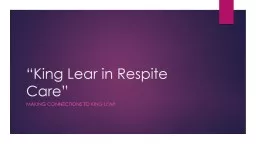PPT-The Research Library: scalable efficiency and scalable lear
Author : stefany-barnette | Published Date : 2016-07-08
David Kaser Lecture Series Lorcan Dempsey LorcanD Indiana University 7 October 2012 How terrific to see you are the featured lecturer this year Just thought
Presentation Embed Code
Download Presentation
Download Presentation The PPT/PDF document "The Research Library: scalable efficienc..." is the property of its rightful owner. Permission is granted to download and print the materials on this website for personal, non-commercial use only, and to display it on your personal computer provided you do not modify the materials and that you retain all copyright notices contained in the materials. By downloading content from our website, you accept the terms of this agreement.
The Research Library: scalable efficiency and scalable lear: Transcript
Download Rules Of Document
"The Research Library: scalable efficiency and scalable lear"The content belongs to its owner. You may download and print it for personal use, without modification, and keep all copyright notices. By downloading, you agree to these terms.
Related Documents

